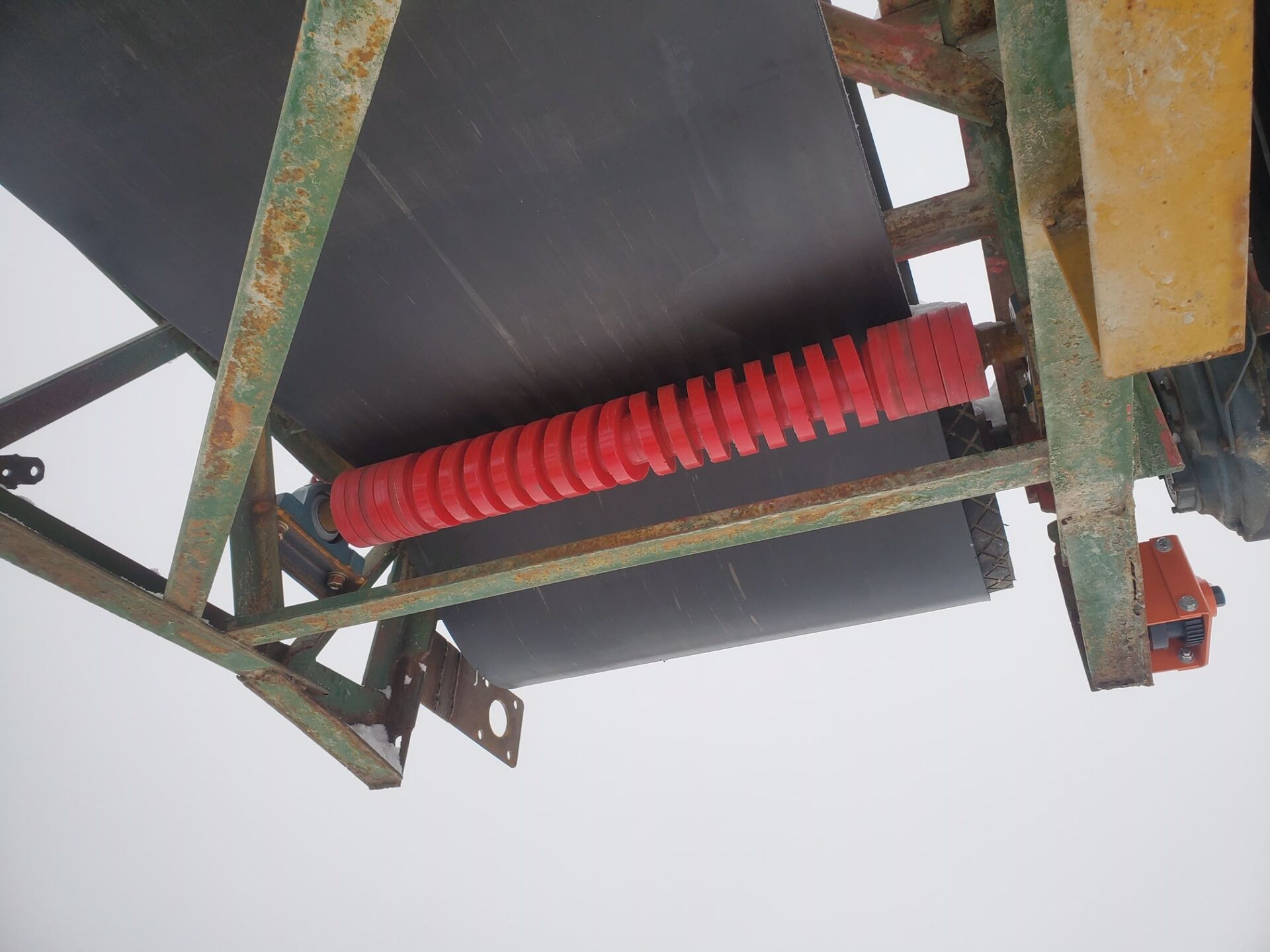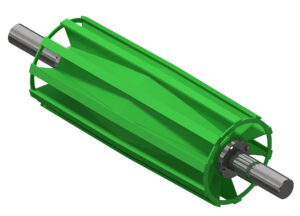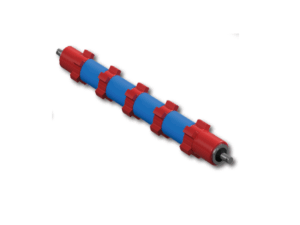When your heavy industry conveyor belt system is essential to your business, it can make a huge impact when it doesn’t work properly. Industrial conveyor belts experiencing slippage, uneven wear, tears, or parts failures within them can lead to frequent and inconvenient work slowdowns and stoppages, costing time and money and potentially endangering employee safety.
Luff Industries understands these challenges well. Our team of specialists emphasizes that proactive prevention is the most efficient way to address conveyor belt issues. Implementing a preventative maintenance program can significantly impact your conveyor system’s longevity and efficiency.
Common Industrial Conveyor Belt Issues
Some of the most common conveyor belt problems include:
- Seized rollers
- Material blockage
- Mistracking
- Belt damage
- Belt slippage
- Excessive wear and tear on idlers and pulleys
- Excessive material spillage
Preventing these issues from happening isn’t always possible, but there are plenty of strategies you can use to avoid them due to improper use.
How to Keep Your Heavy Industry Conveyor Belt Running Smoothly
Choosing and Installing the Correct Belt and Components
If a conveyor belt is consistently causing issues, it might be ill-suited for the task or improperly fitted to your system’s frame, motor, rollers, or alignment. A solution might involve:
- Selecting a different belt type.
- Adjusting the incline.
- Adding cleats or sidewalls.
- Upgrading the motor.
Ensuring Proper Conveyor Belt Tracking
Adjusting your conveyor belt can prevent uneven wear and belt slippage. Like misaligned car tires, misaligned belts can stress the belt and cause uneven wear or slippage. Regularly clean and remove debris from the pulley and belt table to avoid these issues. It might be time to realign your belt if you notice signs of tracking problems, such as vibrations, uneven wear, or frequent slips.
Guide rollers, made from Steel or Urethane, are an effective solution for improved belt tracking and offer improved strength, durability and corrosion resistance. Overall, guide rollers contribute to a safer industrial conveyor belt system.
Identifying and Preventing Conveyor Belt Slippage
Early detection of conveyor belt slippage is crucial to preventing further issues. Slippage can lead to work stoppages, material loss, damage, and potential injuries. To avoid slippage, inspect and monitor for tracking issues, incorrect lacing, tension adjustments, and worn pulleys.
Pulley Lagging is a component that can be added to a heavy industry conveyor belt system to help prevent slippage. Lagging options like rubber, ceramic, and strip lagging are used for different applications, but they can reduce wear, prevent slippage, reduce costs, and be easily replaced if needed.
Maintaining Conveyor Belt Cleanliness
A fundamental aspect of belt maintenance is keeping the belt clean. Residues like oils, greases, or particulates can degrade a conveyor belt over time, leading to misalignment, slippage, or corrosion. Practicing a thorough cleaning and sterilization regimen can prevent these issues.
Follow the manufacturer’s maintenance guidelines, including cleaning your conveyor belt system with the appropriate cleaning agents. For comprehensive cleaning, disassemble your conveyor belt system, paying particular attention to areas where debris tends to accumulate. Always test your belt tracking after cleaning before returning your conveyor belt to operation.
Replace Broken Parts with Quality Parts and Accessories
Incorporating quality replacement products into conveyor systems helps keep them running optimally. These components improve system efficiency and reduce downtime and operating costs, emphasizing the value of investing in superior-quality replacements for maintaining optimal conveyor system performance.
For example, at Luff, we offer our Pulley Refurbishment Program to our customers. It’s more cost-efficient to repair pulleys instead of replacing them. Our high standards are implemented to inspect and repair damaged or worn pulleys, saving you time and money on brand-new parts.
Luff’s high-quality Refurbishment may include:
- Lagging inspection, removal and replacement.
- Pulley Bearing inspection, removal and replacement.
- Shaft inspection and repair.
- Hub and bushing inspection and repair.
- Shell and welds inspection for wear, thickness and damage and repair.
Empowering Your Team with Maintenance Training
A knowledgeable and empowered team can identify and address issues quickly, preventing work slowdowns and ensuring a safe and efficient work environment. Training frontline workers to recognize and address deviations promptly can prevent minor issues from becoming significant problems.
By implementing these strategies, Luff Industries aims to enhance the performance and safety of your conveyor system, minimizing downtime and ensuring your operations run smoothly.
Quality Conveyor Components from Luff Industries
Luff Industries’ can be a valuable partner when your business depends on your conveyor system’s performance. Our comprehensive range of high-quality conveyor components and accessories, from durable rollers and pulleys to efficient belt cleaners and impact beds, are tailored to meet the diverse needs of various conveyor types across multiple industries.
With customization options available for many of our components, Luff ensures your specific requirements are perfectly met. Our dedicated specialists are ready to help you select the ideal components to optimize your system. Choose Luff Industries as your trusted partner to achieve smooth and efficient conveyor operations.




